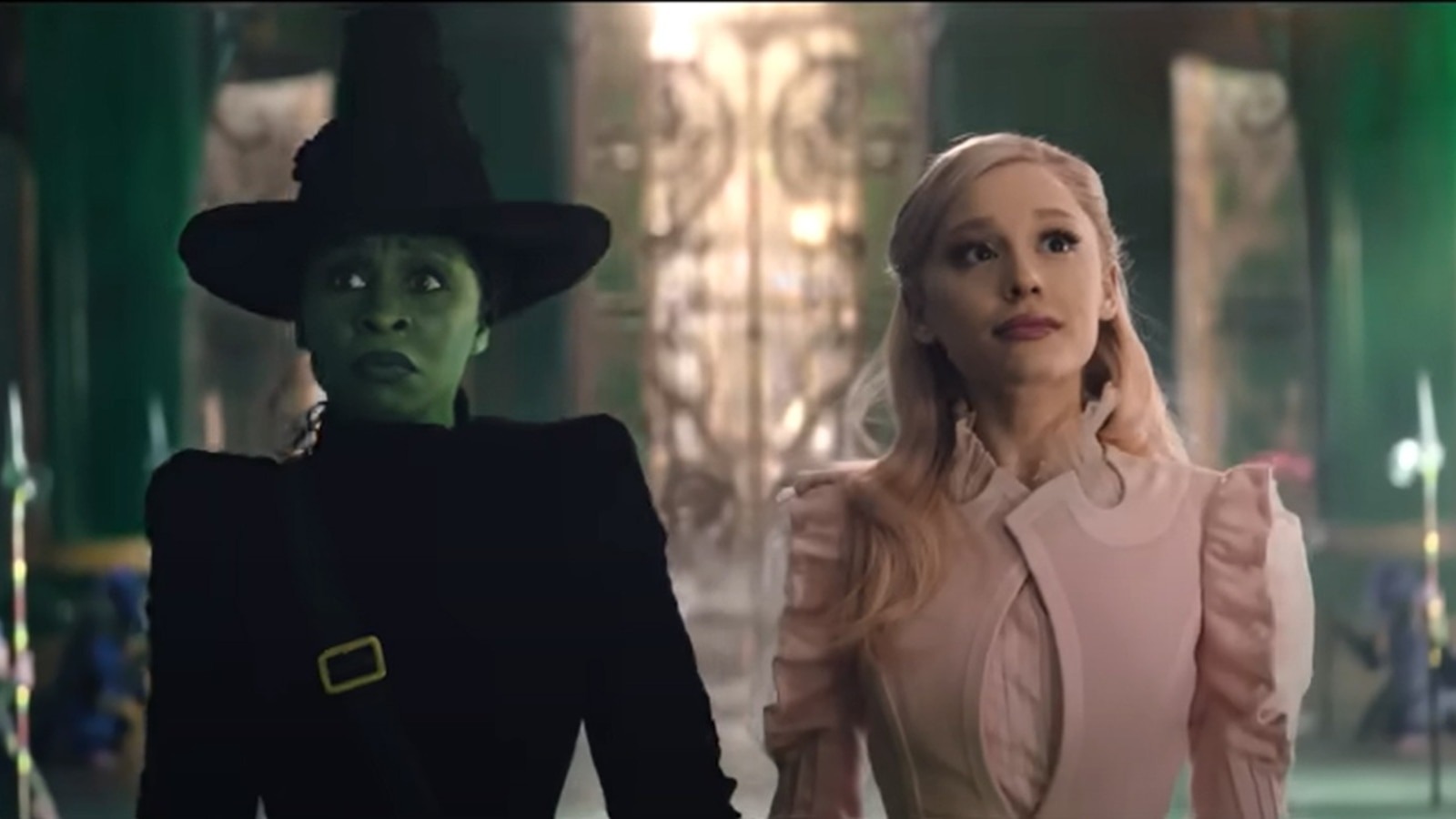My City by Thames & Kosmos
Price: ~$35.00
Players: 2 to 4
Playtime: 30 minutes
Perfect for: Legacy board game groups that enjoy evolving city-building/tile-placement experiences.
My City is a game of strategic land development as players compete against each other to build their city in the most optimal way. To achieve this, each developer must thoughtfully consider where to construct various buildings in order to make the most of the space available to them. Over time, the landscape will permanently change, presenting new challenges when forming a city.
To begin My City, two to four players choose a color and collect their city gameboard (a tiled mat) and several building pieces. A corresponding deck of building cards is shuffled and placed centrally. One at a time, the cards get revealed and each player must find the building shown from their inventory and construct it in their city, following some placement rules. For example, a river runs down the center of each persons’ gameboard, and it is not permissible to place a building over the river, but construction on either side is allowed. Another typical requirement is that new buildings must be constructed adjacent to a previously placed one. As such, My City becomes a personal jigsaw puzzle as players attempt to figure where to place each new building tile. Players can always choose to pass and not place a tile, but usually with some penalty. And once a building is on the board, it can no longer be moved for the rest of that game.
RELATED: Tabletop Game Review – Brikks
In My City, not only are players attempting to fit as many of their buildings on the board, but their location and relation to each other are also incredibly important. After each round, players get victory points (or lose them) depending on the final configuration as well as which types of spots were not covered. For example, some spaces on the gameboard have trees on them, and for every tree still visible at the end of the round, the player receives a point. Conversely, for every rock that wasn’t covered, the player loses a point. The complexity of these scoring rules increases with each subsequent game. The most intriguing part however is that after most episodes/games, players alter their personal gameboard by affixing stickers to it which will change the dynamic and strategy of subsequent games.
What works in My City is the incredibly engaging and addictive core mechanic of city-building that will draw people in for multiple games—the replay value is fantastically high. The Tetris-like quality of the experience that builds on itself has an immense level of fun. As each card gets turned over, you’re likely to hear audible reactions of joy (yes! That’s exactly the piece I needed!) or despair (argh! Where am I supposed to place this huge building at this point?!). And the legacy component works brilliantly—each new chapter (eight in all, each with three distinct episodes making the game 24 sessions long) adds a new component to the game whether it be more building types, additional rules, or changes to the gameboard. There’s also a great balancing component: the player who wins the game gets progress points, but often a future hindrance; whereas the person with the fewest points might receive a permanent advantage in future sessions.
Players who don’t have the desire or ability to commit to a legacy game played over several sessions may not enjoy My City as much as others. Indeed, the true value and joy of this game is investing in discovering how what starts as a simple experience evolves with complexity; although it’s worth nothing that there is a standalone/non-legacy variant of the game once four episodes have been played through. Also, for those who found Tetris frustrating or too repetitive, My City may evoke a similar feeling.
My City is a fantastic city-building, strategic tile-placement game. The rules are easy to grasp, but the execution is just the right level of complicated. The legacy component works incredibly well as players tear open envelopes to discover their next challenges. This game comes highly recommended for all gaming groups.
Recommended if you like: Tiny Towns, New York 1901, Brikks, The Castles of Burgundy, Patchwork
Final Grade: A+
Continue the LRM Online conversation on Discord by CLICKING HERE!
—–
Have you checked out LRM Online’s official podcast feed yet The LRM Online Podcast Network? This includes our flagship podcast Breaking Geek Radio: The Podcast, GeekScholars Movie News, and our morning show LRMornings. Check it out by listening below. It’s also available on all your favorite podcast apps!
Subscribe on: Apple Podcasts | Spotify | SoundCloud | Stitcher | Google Play

 FOR FANBOYS, BY FANBOYS
Have you checked out LRM Online’s official podcasts and videos on The Genreverse Podcast Network? Available on YouTube and all your favorite podcast apps, This multimedia empire includes The Daily CoG, Breaking Geek Radio: The Podcast, GeekScholars Movie News, Anime-Versal Review Podcast, and our Star Wars dedicated podcast The Cantina. Check it out by listening on all your favorite podcast apps, or watching on YouTube!
Subscribe on: Apple Podcasts | Spotify | SoundCloud | Stitcher | Google Play
FOR FANBOYS, BY FANBOYS
Have you checked out LRM Online’s official podcasts and videos on The Genreverse Podcast Network? Available on YouTube and all your favorite podcast apps, This multimedia empire includes The Daily CoG, Breaking Geek Radio: The Podcast, GeekScholars Movie News, Anime-Versal Review Podcast, and our Star Wars dedicated podcast The Cantina. Check it out by listening on all your favorite podcast apps, or watching on YouTube!
Subscribe on: Apple Podcasts | Spotify | SoundCloud | Stitcher | Google Play



